bagleywrightlectures
94 posts
The Bagley Wright Lecture Series on Poetry is a nonprofit that supports contemporary poets as they explore in-depth their own thinking on poetry and poetics, and give a series of lectures resulting from these investigations. Lectures are delivered publicly in partnership with institutions and organizations nationwide. Charlie Wright, Publisher of Wave Books, established the BWLS in memory of his late father, the businessman and philanthropist Bagley Wright.
Don't wanna be here? Send us removal request.
Text
These images are presented in accompaniment with Srikanth Reddy's lecture, "The 'O' of Wonder: A Syzygy," now available to listen to via the BWLS podcast, here.












0 notes
Text
These images are presented in accompaniment with Srikanth Reddy’s lecture, “Like a Very Strange Likeness and Pink,” now available to listen to via the BWLS podcast here.


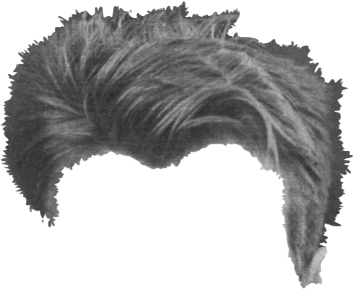
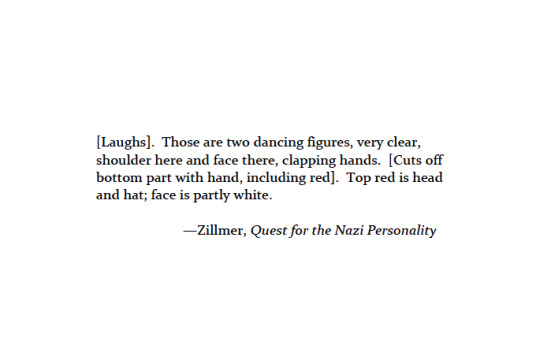
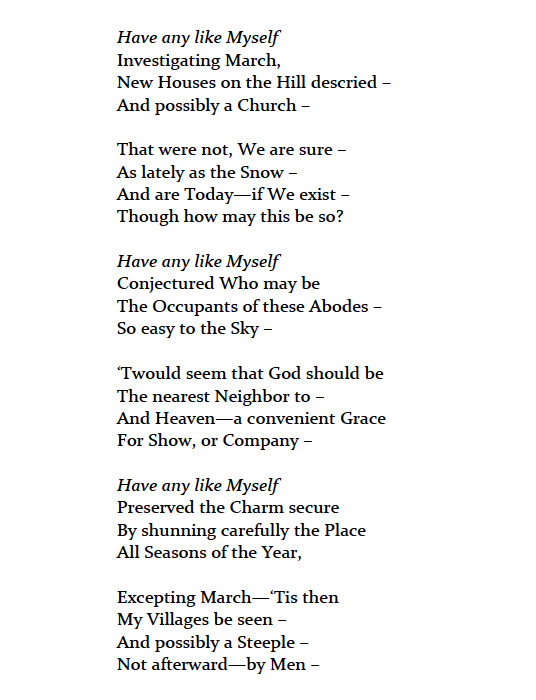
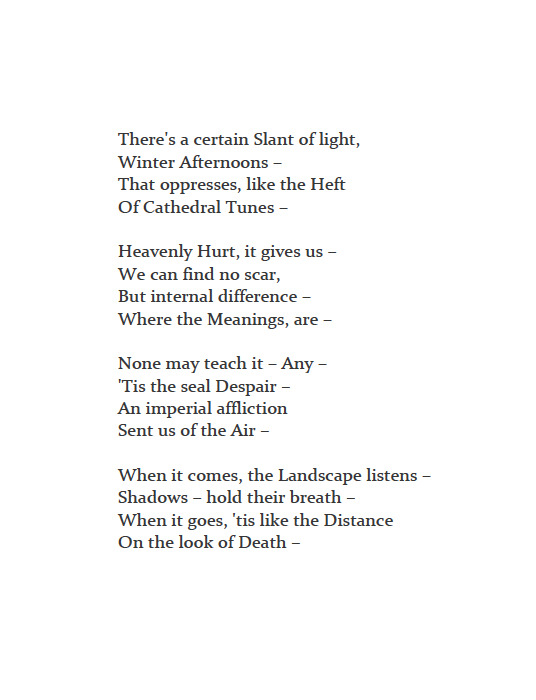

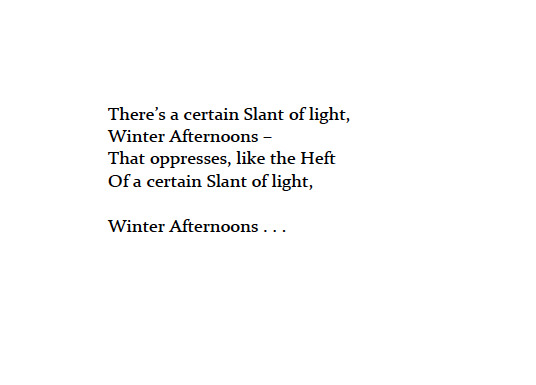

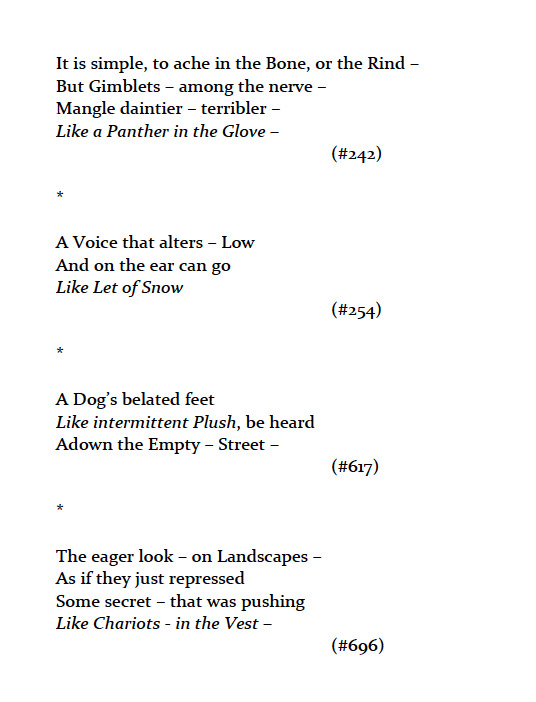

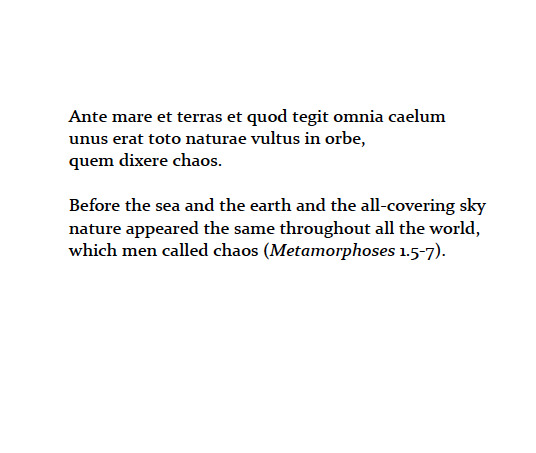



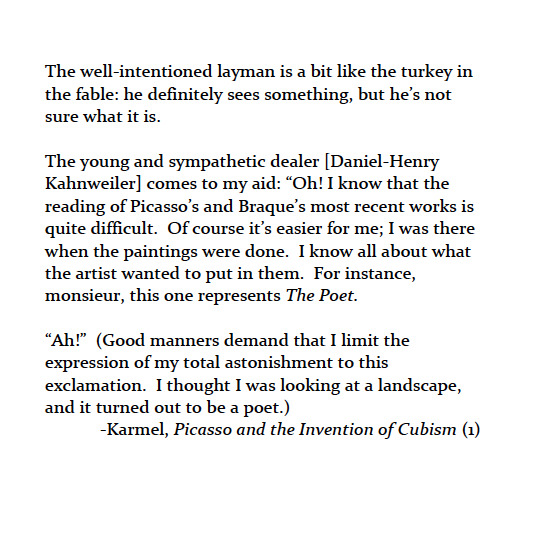
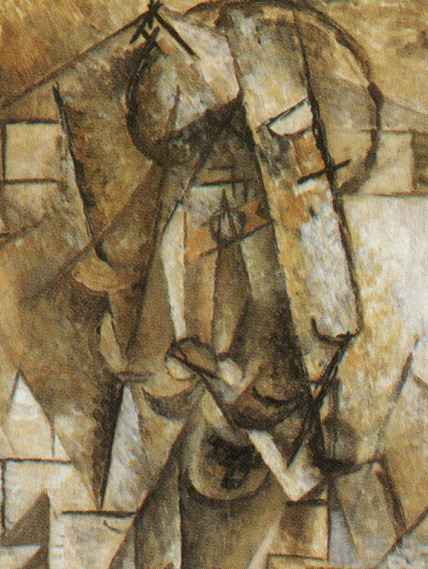
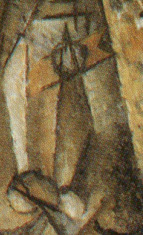


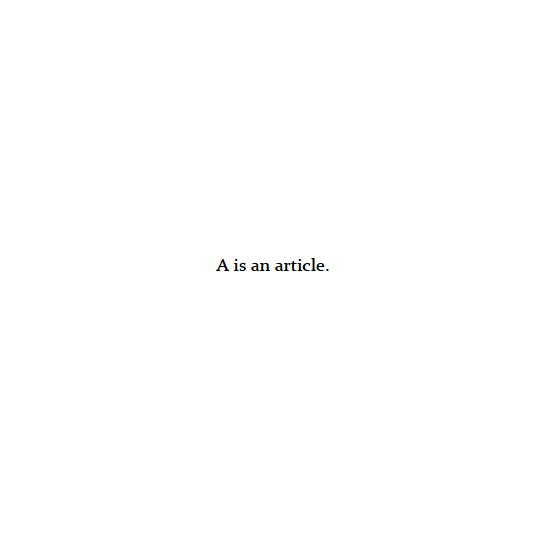
0 notes
Text
These images are presented in accompaniment with Srikanth Reddy's lecture, "The Unsignificant," now available to listen to via the BWLS podcast here.

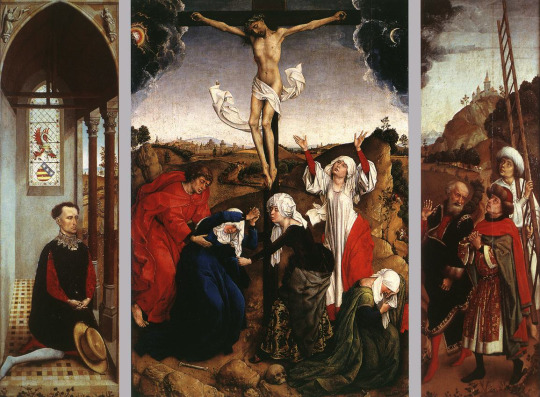

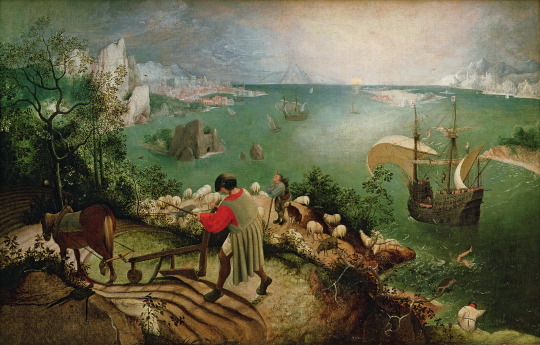

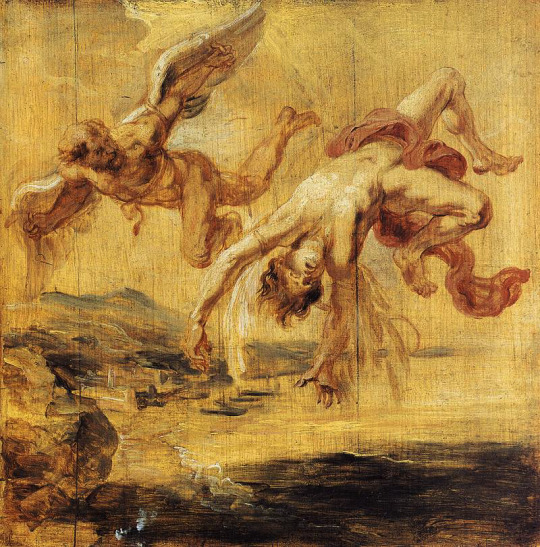

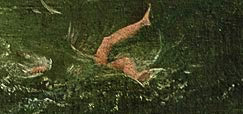

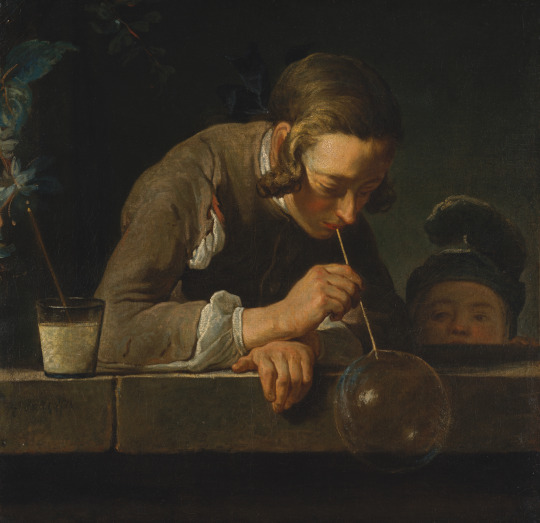



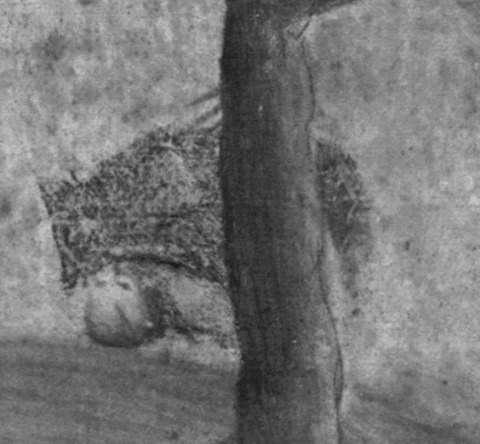

0 notes
Text
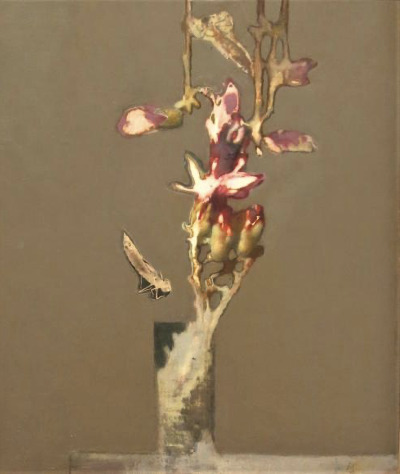
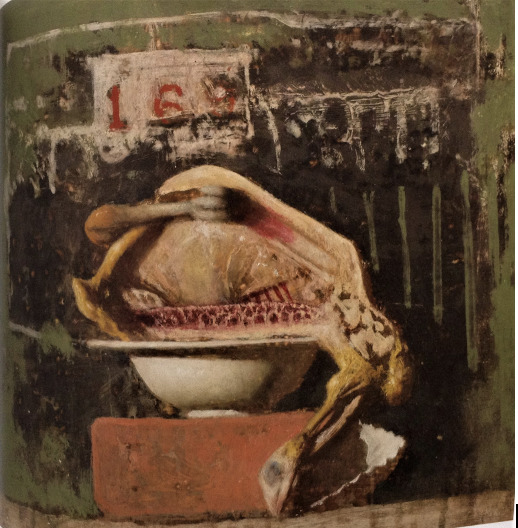
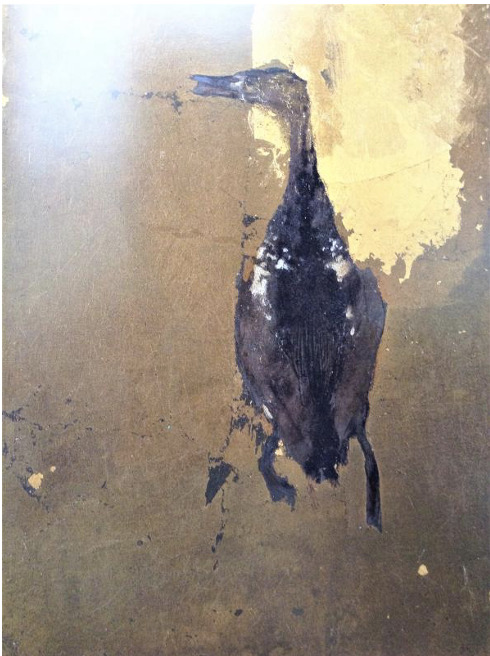
These images, Magnolia and Damsel Fly Nymphs (1979), Still Life with Chicken (1992), and Duck (1977), all by Bruce Kurland, are presented in accompaniment with Isaac (formerly Lisa) Jarnot's lecture, "Abandon the Creeping Meatball: an Anarcho-Spiritual Treatise," now available to listen to via the BWLS podcast.
0 notes
Text
Julian Talamantez Brolaski

LECTURE TOUR
Wednesday, February 7, 2024
Julian Talamantez Brolaski presents a lecture in partnership with University of California at Santa Barbara and the Santa Barbara Public Library. Doors open at 5:45, lecture at 6pm. Free.
Rhyme and Lies in Medieval Poetry
“Rhyme and Lies in Medieval Poetry” explores the role of rhyme in the verse narratives, or “romances,” of the early fourteenth century. These anonymous texts are characterized by their use of repeated formulae at the end of the line, so-called “stock phrases” or rhyming tags like “I swear,” or “without lying.” The rhyme tags are metatextual, in that they refer to the text itself; they tend to occur at sexually scandalous, gruesome, or hyperbolic moments, and assert the presence of a speaker who may or may not be telling the truth, but who draws attention to the question of authorial veracity. I suggest that the rhyme tags are conscious artistic devices, spoken in the voice of the poet themself, a narrator who is not part of the plot but who comments on it. They constitute an authorial signature in much the same way as a graffiti “tag,” and they are a means by which we may measure an emergent self-conscious sense of authorship in medieval England.
Faulkner Gallery, Santa Barbara Public Library, Santa Barbara, CA
Thursday, April 13, 2023
Julian Talamantez Brolaski presents a lecture TBD in partnership with The Poetry Project. Event details here; tickets available here (on sale March 23). 8pm ET. This event is in-person and will be live-streamed.
The End of the Line: Rhyme and the Poetics of Authority
This talk explores the role end rhyme has to play in the construction of poetic authority. Rhyme sets up an epistemological paradox: forms and meanings seem to correlate, and thus to be true and trustworthy, but there are reasons to distrust what the poet says at line’s end. Rhyme is a potent locus in which the problem of believability is foregrounded. It also foregrounds, through its reliance on artifice, the presence of an author or authors. Brolaski will discuss the relationship of these properties to rhyme position, a place where formal constraint can result in the display or concealment of poetic skill.
The Poetry Project at St. Mark’s Church, New York, NY.
0 notes
Photo


Excited to share the news (and the covers)! Former BWLS lecturers Douglas Kearney and Rachel Zucker each have their collected lectures forthcoming in fall of 2022 (Kearney) and spring of 2023 (Zucker) with Wave Books. 🎉
0 notes
Photo

The Bagley Wright Lecture Series on Poetry Podcast: Season Five
“You Are Who I’m Talking To: Poetry, Attention, & Audience.” In February of 2018, the BWLS and the University of Arizona Poetry Center co-hosted a three-day conference featuring readings, talks, and conversations between the first six BWLS lecturers: Joshua Beckman, Dorothea Lasky, Timothy Donnelly, Srikanth Reddy, Rachel Zucker, and Terrance Hayes. This season we share recordings of some of the events of those three days, including wide-ranging conversations on poetry and social engagement, practice, autobiography, and non-literary influence.
Listen & subscribe here or wherever you get your podcasts.
#poetrylectures#poetrypodcast#joshuabeckman#dorothealasky#timothydonnelly#srikanthreddy#rachelzucker#terrancehayes
0 notes
Photo

Congratulations to Cedar Sigo, whose book of collected BWLS lectures, Guard The Mysteries, is out today, June 1st, from Wave Books! Purchase the book here (30% off today w/discount code PREPUB) & at your local independent bookstore, and listen to these lectures at Anchor or wherever you get your podcasts.
0 notes
Photo


drawings by Terrance Hayes, from his book, To Float In The Space Between: A Life and Work in Conversation with the Life and Work of Etheridge Knight (Wave Books, 2018).
3 notes
·
View notes
Photo


Here are two paintings by visual artist Tiffany Patterson. These are paintings that Patterson and Dorothea Lasky reference in Season 2, Episode 2 of the Bagley Wright Lecture Series on Poetry Podcast, “What is Color in Poetry, or Is It the Wild Wind in the Space of the Word” (available here, or wherever you listen to podcasts). To see more of Patterson’s work, visit her website, here.
In this episode, Lasky also references James Tate’s poem, “Never Again The Same.”
0 notes
Photo



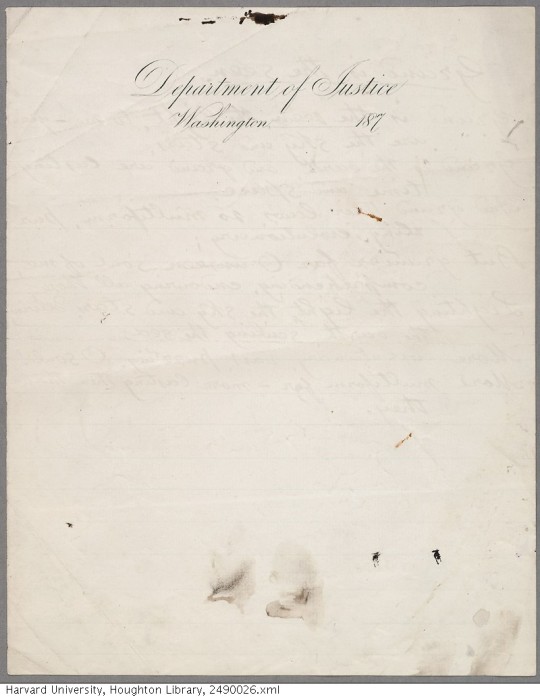
1. Emily Dickinson. “A spell cannot be tattered…” 2. Walt Whitman, “It is probably a spasm” MS Am 1545 (2) Houghton Library, Harvard University 3-4. Walt Whitman, “Grand is the seen” MS Am 1343 (546) Houghton Library, Harvard University.
This week, on Episode Two of the Bagley Wright Lecture Series on Poetry Podcast, we hear Joshua Beckman give his lecture, “A Talk About Books.” This lecture was given October 16, 2014, at Harvard University’s Woodberry Poetry Room, and was originally called “On the Porous Experience of the Book in Physical and Imagined Space.” At the time, Beckman had curated a small display of archival images that attendees were able to browse before and after the lecture. Our thanks to Cristina Davis and Leslie Morris at Houghton Library for allowing us to share a few of these images here.
To listen to Episode One, “The Lives of the Poems,” go here, or subscribe anywhere you get your podcasts.
3 notes
·
View notes
Text
from “Writing the Space between the Poem and Prose” by Renee Gladman

In my work, I’m often trying to bring hyper-awareness to the spaces we enter, be they architectural or grammatical. Space is not a container for experience; it is not a waiting plane for our language. The spaces we enter have their own topographies and to cross them is to encounter matter that is already in the field. The white space of the page is electrified before we even approach it. It’s commotional, always moving, always pushing at its borders (borders that exist on many levels: the actual margins of a page, linearity as a border, sense-making as a border, staying within the frame of the poem or the essay or the story as a border). To think is to enter this field. To read, to draw is to enter this field. I like to call all of this writing. The body plus the field is the text, the drawing, the essay, the novel, etc.
To write is to put the body in a present time. Whether we record this activity or not, the body writes in time: as we invent a story or explain a fact or distill an image, the body experiences these acts. The body also sits in a room; perhaps another body or bodies pass as it’s doing this. Perhaps someone calls as the body writes, a message comes in; perhaps the body gets up and looks at a book, sleeps, leaves the room of writing. The body that writes has a nexus inside of it, webs of impulses, details, stories about the world outside of it. Something inside the body moves through the body to get out of the body, and when writing this is done through language, the same language that’s shaping the invented story, or explaining the fact, or distilling the image.
I like the way writing and being a person and moving as a person through space are all synonymous acts. We are always proceeding; we move through the English language in a procession [generally as a subject being put into action toward the making of an event: we make sense when we follow these rules and we establish a certain order to reality.] But I would guess that most writers sense as they are moving along the line of the sentence that there is a lot of activity in the periphery; there are elsewheres emerging perpetually, as if every choice we make when we are writing creates a world of response and inquiry. To write narratively we are encouraged to keep moving, to stay off the grass as it were. Poetry has been more generous; poetry seems to want to build architectures in the grass or of the grass. But, for some of us, when we are in the grass, we miss the road; we want to be on the road and on both sides of the road at the same time. We want to use the road to think about the grass and we want always for there to be grass on the road.
4 notes
·
View notes
Photo


Renee Gladman, Pencil Cities #7, graphite on paper, 2018
Renee Gladman, Pencil Cities #8, graphite on paper, 2018
1 note
·
View note
Text
Q&A with Cedar Sigo after his lecture, “A Necessary Darkness: Barbara Guest & The Open Chamber,” at the University of San Francisco, April 24, 2019

Question: Great job on this. Did you see this as relating at all to your archival work around Joanne [Kyger], and what other writers are you going to be lecturing on?
CS: Absolutely. The last lecture I gave before this one was shortly after the death of Joanne Kyger, who I had been working with closely on a book of interviews. She passed away and they asked me to give this lecture, and so I did think of this in relation to Joanne because there are so few women even in that New American Poetry anthology. My next lecture, part of it at least, is about di Prima and Revolutionary Letters, so yeah...why don’t you choose who I write about next? (laughter)
And also, any questions about poetry–it doesn’t have to be about Barbara Guest and Keats and all these famous people.
Q: Can you attempt to describe the process of writing one lecture after another?
CS: I realized for me lecturing is like sifting...I feel like I write and I write and then I go back to it and I cut and I read more and learn more...and then there’s just more ruthless cutting and adding, and then the stuff that you wrote at the very beginning ends up at the very end...you try to scour the few paragraphs left for what ideas are in there that are still useful. It is like writing a gigantic poem in a weird way–it’s less bound to music but the music still clinches the meanings, sometimes. But yeah, it’s just a big mess. But that’s why you need that much support to actually do it! ‘Because it feels as though you can’t have a job and still go that deep. At least I never could. Yeah, so–that’s what it’s been like. It’s been fantastic. I mean, I wasn’t sure I wanted to go deeper than I already was into poetics, but this is just what happened.
Q: I was interested in that quote from Rimbaud’s famous ‘seer’ letter that you included and what you think is at risk in taking on poetry with such an intensity. I forget the exact quote...
CS: Oh yeah, where does he say that? I’ll probably just have to return to the text.... I don’t know how I feel about it in relation to trying to say what he meant, you know, but I did want to say that I used the translation of Paul Schmidt, so all of the stuff that was translated from French was his Rimbaud. Here he says, “You have to be a visionary. Make yourself a visionary. A poet makes himself a visionary through a long, boundless, disorganization of the senses. All forms of love, of suffering, of madness. He searches himself; he exhausts within himself all poisons, and preserves their quintessences.” So to me it sounds like a body falling down a vortex almost? You know what I mean? But you also have the strength to withstand it, and to transform. I think that’s what he’s saying. You know those forms are--hopefully they spring up in the actual poetry. And how much belief is necessary for that to happen. And that’s how he connects to Barbara.
Q: And Rimbaud was sort of a patron saint of the Surrealists and Barbara Guest was so indebted to them...
CS: Right, and also, Keats stopped writing because he died so young, He and Rimbaud both both die so young–yeah, I thought of that later, thought maybe I should try to fit this in! They’re soaring over the afterlife, that’s why I say that, their spirits are released, they’re soaring over all this dark terrain–and with her voice–the acoustics and darkness inherent in the voice help create this sensation I think.
Q: About Guest, I know one of the things you said was that in many ways you felt like of the New York School poets, her work holds up the best, for you? And it’s interesting because I’m curious to hear you say a little bit about why that is. Compared to the others, but also: in my experience, Guest is often, I think popularly less well known than the others, and I’m wondering why you think that is.
CS: Well, that’s an easy one! (laughter)
But no, I mean, why was she constantly left out? Why was Joanne left out? Why was Diane di Prima left out, you know? I also want to say that personally all these poets were very sick of having that narrative, too, being imposed on them. I think if you read her work, and I did kind of mention it, she says that “I’ve become less concerned with the work of the 1970s.” And her husband dies and she lives alone in New York for a while and then moves out to Berkeley, I think in the mid-90s, and her style did really change and I think it had to do with a lot of women who were writing in the Bay Area at the time, including Kathleen Frazier, Brenda Hillman, Lyn Hejinian, and the Language Poets penchant for theory, too–and meeting new people, leaving New York, leaving the painters, just making a new life for herself. And I think that is evident in the style. Garrett Caples is trying to claim her as a surrealist in that little memoir section, which I don’t exactly agree with, but there are certainly elements of surrealism in her work. Again, that’s why I think her work is so strong: there are many styles on display. She does have sort of an armory of styles on hand. I love all those poets, and she was closest with Schuyler and Frank. It took years for Ashbery to even blurb her (laughs).
Thank you, Cedar. Let’s have one more round of applause for that.
0 notes
Text
Q&A with Dorothea Lasky, after her lecture “What Is Color in Poetry or Is It the Wild Wind in the Space of the Word?” at the Poetry Foundation, January 23, 2014
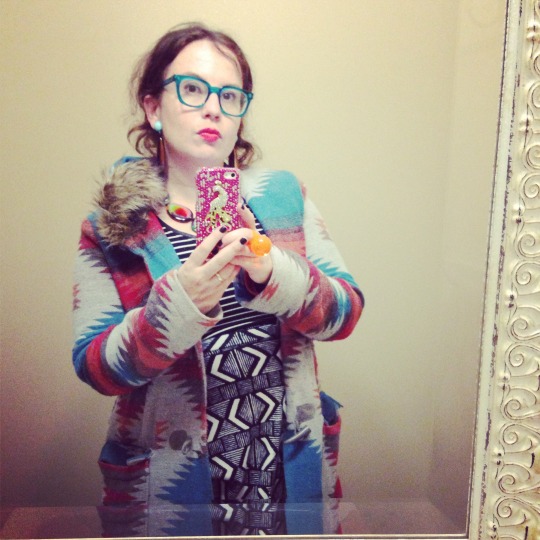
You mentioned sound in your lecture. Can you speak more to the relationship, in your mind, between sound and color?
For me the connection is that in terms of both sound and color (and maybe all things in the sensual world) is the idea that we are limited as humans to understand the scope of them. And also, I guess there's the obvious other connection that when we have a name for a color then there’s an agreed upon sound that we're giving to whatever this frequency is that color's trying to approximate. I know I mentioned this idea in the lecture of the problem of indigo. I think it's kind of a funny problem to have--this problem of indigo--and just the idea that there are so many colors that we are not privy to, that we cannot understand because of the limitations of our meat eyes. With sound as well, there's an infinite progression of sounds to uncover. But I think that for me, just because I am more of a visual learner or thinker, it's easier for me to understand how that happens in a poem through the image and through color, and how we really are very limited in what colors we can experience. And I look forward to people that know and think and love sound just as much as I love the visual to consider what that could be in terms of sound--which we won't figure out probably ever.
Thinking of the relation between color and gender, and how color interacts and what reproduces what, and if there are any liberatory aspects of reappropriation, which I don't think is the case all the time because pink can be reappropriated as a masculine thing, like 'oh yeah, I'm masculine enough to wear pink.' So what do you think of the relationship of color and liberatory aspects of...or destabilizing the social norms of performance of gender?
I think it's maybe related a little bit to the section I was talking about how I feel like in American culture we sort of don't want to use color too passionately. We want to sort of limit our spectrum. If we look at many of our buildings or places we enter, they're not bursting with color. And so we create this social norm where we're limiting ourselves--we don't want to influence too much with our passions. I feel like liberating that in all respects of life is what's important. I've never felt trapped in a gendered way by pink, and so I've always liked when people are not trapped in any way by what colors they use in their daily lives. (And of course, just as an aside, we know that pink itself was not gendered as female until the last 100 years or so.) So, I hope that maybe this relationship between colors and gender is changing somehow. When I personally think of pink I think of that Plath line (“By whatever these pink things mean”) and why Maggie Nelson's reading of it is so wonderful, and right, that the pink is just like the skinned animal object--the actual flesh of an animal--and so it's kind of free of whatever girliness someone could've read into that line. [laughing] So, did I successfully evade answering your question?
So I guess I was sort of thinking of social norms with our association with color and what we see in the color, impacted by social norms, and if there's a possibility of being able to break out of using established associations.
I think there is if we decide that we should, then we should. If you want to wear pink every day, then you should.
For a year I wore my mother's clothes, everywhere kind of, to work and felt like I was performing in a way.
It's fun to perform. That is something I will agree with.
Have you ever thought about doing something for children in regard to color? Because I have a ten-year-old niece and this holiday we were coloring in the coloring book, and I colored things completely different than what they were supposed to be and she said, "That's not supposed to be that color. It's supposed to be this color." We start out very young indoctrinating our youth into what's accepted.
Yes, I think so. That's the sad thing about a lot of educational experiences in our country. Even when we have designated art teachers in classrooms (which is getting rarer and rarer), a lot of times it's to enforce social norms about aesthetic choices. That certainly happened to me when I was in elementary school. My elementary school art teacher shamed me in a lot of different ways for my [laughing] “abstract expressionism” and interesting color choices. I had to sit in the corner a lot in class, and I did not get a sticker for my drawings. That really wasn’t cool, and it really makes me angry now to think about it. Because obviously I overcame these pressures (hopefully), but what about all of the kids that didn’t. Actually, I've written a children's book and it’s about the personalities of colors. So, like how red is thought of as an angry color but that maybe red is actually a calm color, etc.
So, when I touch people I see colors a lot. Cuddling, there's this very vivid one, like I see orange and whatnot. I was wondering what part of your experience do you feel is electric in terms of your color? Does that make sense? Like what colors do you see when you're existing in whatever state?
Well, the weird thing is it's always changing, but I love that idea that--it reminds me so much of Hannah Weiner and how she was able to put her consciousness in a place where she did see things as kind of their aura selves. And I do really believe that kind of perception is existing, but it's very hard for us to kind of go into that space of perception. So, for me I don't necessarily see auras as much as I'd like to. I probably could if there was the space to do so more in the everyday, but when I do so it's just always different, whatever color is connected to a particular object. It’s not a consistent thing. Anyway, I'm on a big orange kick right now because someone told me recently that orange reduces blockages and takes away boundaries, so that's probably related to your orange cuddling thing.
1 note
·
View note
Text
Like Someone in Love: Late Night Thoughts for David Meltzer, by Cedar Sigo

\\
Presenting *Star Time* David Meltzer
and the Famous Flames, lovely healer and
hologram, avenger of the blood who could
read for hours when the children’s faces
followed him upstairs, the dog would bark
The fire spit funerary songs
A smoke of tiny feathers
that we know nothing and gladly say so (smiling)
that a prince is sometimes left to trace and dig and paste
asking after my poems, qualities of transmission
and who had I been listening to? I might say
Lady or The Misty Miss Christy
Carmen meaning McCrae or Leontyne
Price, either way, he was always
right there and shot through,
wide wreath in flames
\\
What I seemed to have in common with David Meltzer was a deep love of the American Songbook meaning Cole Porter, Duke Ellington, Johnny Mercer, Harold Arlen, Irving Berlin, Gershwin of course and within that cosmos our old engraved jewels of songs, personal favorites which we would indicate to each other over time. We would discuss how That’s All as sung by June Christy is in fact an entirely different song after Dinah Washington gets inside of it, whether live on stage or within the studio. It is the same with poets, we are constantly turned on by and so rewriting each other’s changes. The lyrics from this collective American Songbook were just as smooth and collapsible as the ghost of the melody and would provoke (hopefully) a long chase through the night.
“Smoking, drinking, never thinking/ of tomorrow/ nonchalant/ diamonds shining/ dancing, dining/ with some man in a restaurant/ is that all you really want?” – Billy Strayhorn
I think David could sense that I knew both the music and lyrics by heart and also where they might need to break apart, time and time again. His charming patter between poems was always the first thing I flashed on the morning after his readings. Proof that you could really be yourself on stage was extremely helpful. Performance can become so deluded when you think you are setting up a clever trap for the audience in advance of your voice. But there were no tricks like this needed with David. He played his tune, cuing us all slightly as to when it might change. He would attempt to connect that space between lines and let you hang there, it was mostly about making the reading a multidimensional experience. It was like gathering to hear winter stories in the long-house. There was something shamanistic about him, a word which has almost been drained of its ceremonial urgency. The mere memory of David helps to restore its meaning actually.
\\
We never studied together formally, looking back now, that is one of the few regrets of my life. I would always hand off extra copies of my early books to Micah Ballard each inscribed in advance to Meltzer. Of all of the ‘Bolinas’ poets that moved in and out of New College in the early 2000s David seemed to me the most ageless, possessed of a glimmering youth that went beyond body, a purely physic space. How remarkable that he would meet us on equal ground time and time again, even after years of encountering thirsty poets.
Micah and I once hung a tiny show of David’s collages at the Lew Gallery, which doubled as Micah’s office just off of Valencia St. We would unscrew the office door from its hinges to indicate when this transformation had occurred. The door itself was a wonderful welcoming work. I remember at David’s opening that we smoked hash while sliding further down upon the cool tile floors and through it all David’s voice right there, coaching us while also allowing for bliss.
\\
I always loved that one of his later pamphlets was titled Stuntman. He had the best way of kidding himself, somewhat ruthlessly but always bringing down the house around him. He would give almost anything for a laugh, an easy way out. Someone needs to put his chronology down for poets of the future to study and enjoy. His story moves from NY to LA to SF to Bolinas to England to Richmond, then of course each individual collection of poems has a bundle of stories attached. He was also a great editor of anthologies on Birth, Death, Jazz, The Kabbalah. I am also dying to get my hands on more issues of Tree, his alchemical magazine and press. This is only a glossing, a smash and grab from the several arcs within his story.
\\
The Dark Continent
Ragas
Semina VI (the clown)
“the Center
Peg of Circus
with Barnum’s elephants
& Ringling’s floats. A matter of mask &
instant. There are no statues
of clowns.”
A million Selected Poems
Six, Arrows, Tens?
David’s Copy
which always
came inscribed
with the marble
faces of gods
\\
On the day David passed I was writing a short introduction for a limited-edition Selected Works with the artist Frank Haines. Rereading it now the intro was clearly an occasion to write through the mythic qualities of David’s life, the particles left charged in his poems as well as his affection for teachers like Robert Duncan. I will close with the last paragraph from that piece:
“I try and find new ways of brooking the rush until it begins to flow. The lines in the tide brush up against one another, they pinpoint the intrigue like a soundtrack for film, release of trap doors, the cutting of strings, no beginning or end in a realm that exists…. I can’t deny this sensation nor ever totally grasp it. The poem has its own existence.”
Cedar Sigo
0 notes
Text
Return to Graffiti Land, by Cedar Sigo

for Lydia Sigo
Some people call me a poet, others say I’m an activist. Some say my poetry and music is political, others say it’s about the spirit of my people. I don’t buy into any of those labels. I may be a little bit of all those things, but I’m more than any of them. We all are, that’s what makes us human.
It is a bit unnerving to write in appreciation of John Trudell as his uncanny eloquence and emotional availability still feel unparalleled. For this reason, I thought it best to leave a lot of his words (in italics) surrounding mine. Discussing his work is somewhat like trying to describe the writings of a Zen meditation master. Why not just read the actual writings again and refocus upon your path?
Somewhere in there, as the evolution continues on, we are being historically placed in a position where we have to do something or we are the enemy of our future. Because apathy makes us the enemy of our descendants. That’s reality and we can’t blame the predator because we have minds and we have the ability to use those minds.
When you are inside of Trudell’s words, each one seems to be given equal weight. This is true of both his lineated poetry as well as his lyrics set to music. Sometimes in his interviews his incisive answers have the feel of amulets, a rock worn down to a perfect bead. The body can form and carry poetry in a million ways if the impulse is kept active, restless. The sources of poetry become impossible to name as they spread to inform every other venture, editing, publishing, lecturing, teaching. The more I continue to travel around the country the more I am convinced that the germ of writing should never be allowed to crystalize. I think of man sending the first radio waves over the Pacific Ocean or some other equally fragile action. Who can guarantee that the body of the poem will remain intact?
Sometimes they have to kill us. They have to kill us, because they can’t break our spirit. We choose the right to be who we are. We know the difference between the reality of freedom and the illusion of freedom. There is a way to live with the earth and a way not to live with the earth. We choose the way of earth.
The question of craft is interesting to place over Trudell’s work as it has never been addressed apart from the content of his poetry. So, the “best” of Trudell’s poems become those that compel the reader to act. We are invited into enacting the aspirations of his words, and in a final (circular) step, the forms themselves are offered as strategies for change. Performing poetry live often feels like an attempt to explore the surface of the poem in actual time. To uncover the patterns that occur between words, these tend to build up night upon night. This is as close as I can reasonably come to a description of Trudell’s uncanny flow and his charisma too, certainly, his instant registration upon our senses, why we want to listen.…
Universally the Earth was regarded as the mother–historically speaking another idea appeared and the other idea said that God was number one and God was a male and God was removed from the earth–god was somewhere else and this is when all the predatory energy began and its evolution has been continuing since then. Once the dominant energy became a god removed from the earth then it became ok to attack and exploit the earth. As that attack began, fear became one of its main, main instruments.
Trudell’s wife Tina Manning, her mother Leah and their four children were killed in a suspicious house fire on February 12, 1979. The fire occurred hours after Trudell had burned an American flag in Washington DC. In order to truly engage with his life/work we must confront the presence of evil. Trudell himself offers the useful term “predator energy.” How do you kill someone and leave their body living? In the past, this question had been answered by Josef Stalin with prolonged banishment of poets like Osip Mandelstam to Siberia or the persecution of Marina Tsvetaeva that would only end with her suicide. In Trudell’s case it is a poet that emerges out from the darkness to walk between worlds. He has said he was given his first poetry, his “hanging on lines” only after the death of his family.
welcome to graffiti land
all the rides are in your head
the ticket is what is thought
and what is said
In the Trudell poem I have selected, he speaks of the poet in solitude and of the several dimensions commonly available to that condition. In a sense, the poet is always alone, slightly out of time or then ahead of the game. Poetry becomes the perfect disguise for indestructability. I used to stress myself out over forgotten lines of poetry, racking my brain for hours later and often in vain. I have since learned to let these lines wash over me. Not all poetry is meant to be slowed down into writing, some forces need to keep traveling. The mind and the heart shoot faster than language, faster than a poet waving from a train window.
I’ve been living alone so long
running alone is easy
running through a fantasy
chasing myself into reality
looking for what is clear to see
holding on to little
more than I can carry
freedom kissed me in the wind
the rain smiled at me
when I thought
I needed someone to hold
ancient ones sighed
softly calling through worlds
to be living
means we are not alone
running into life
is not the same
as running away
–from Stickman, (Inanout Press, 1994)
This piece was just published in Native Voices: Indigenous American Poetry, Craft and Conversations (Tupelo Press 2019), edited by CMarie Fuhrman & Dean Rader.
0 notes